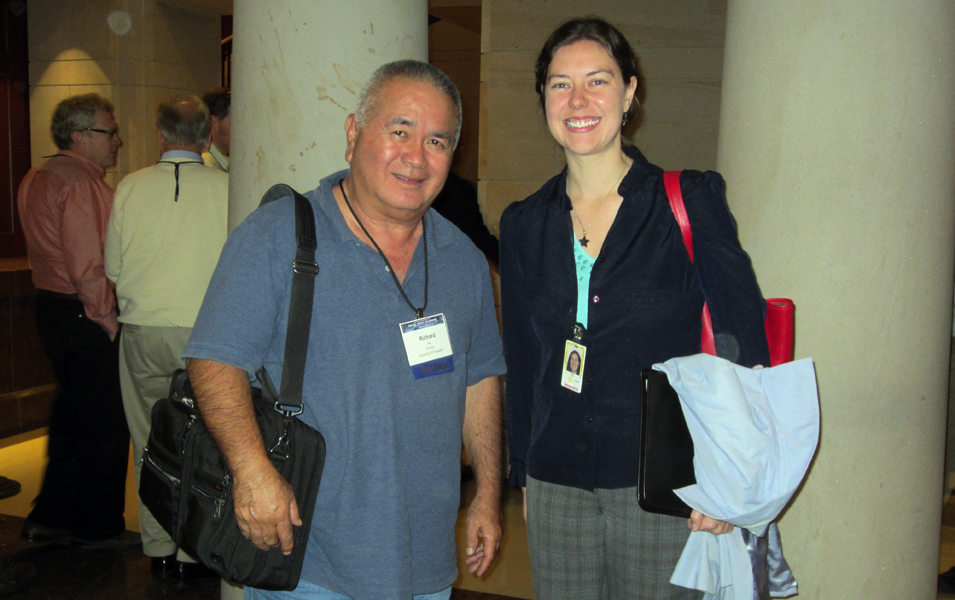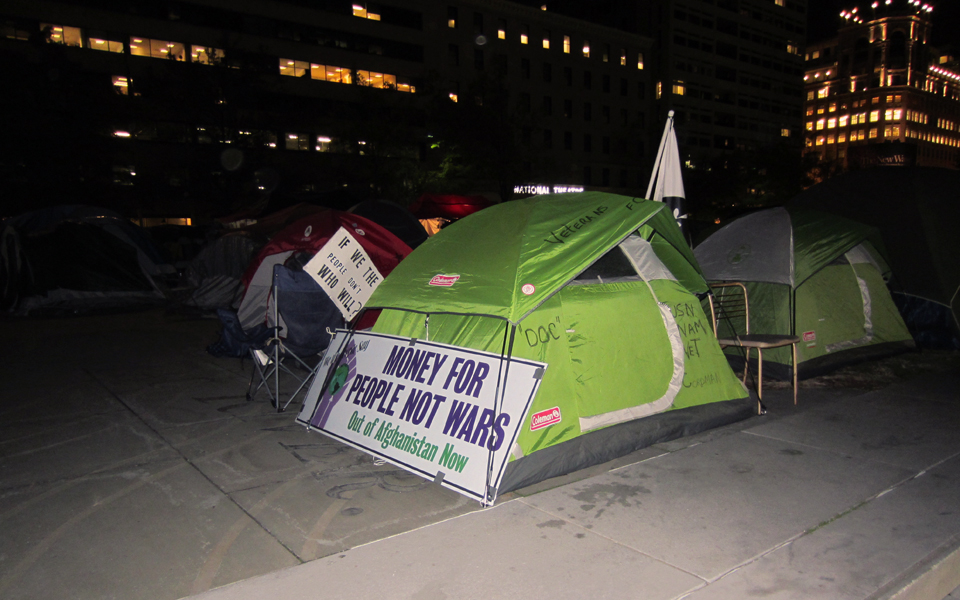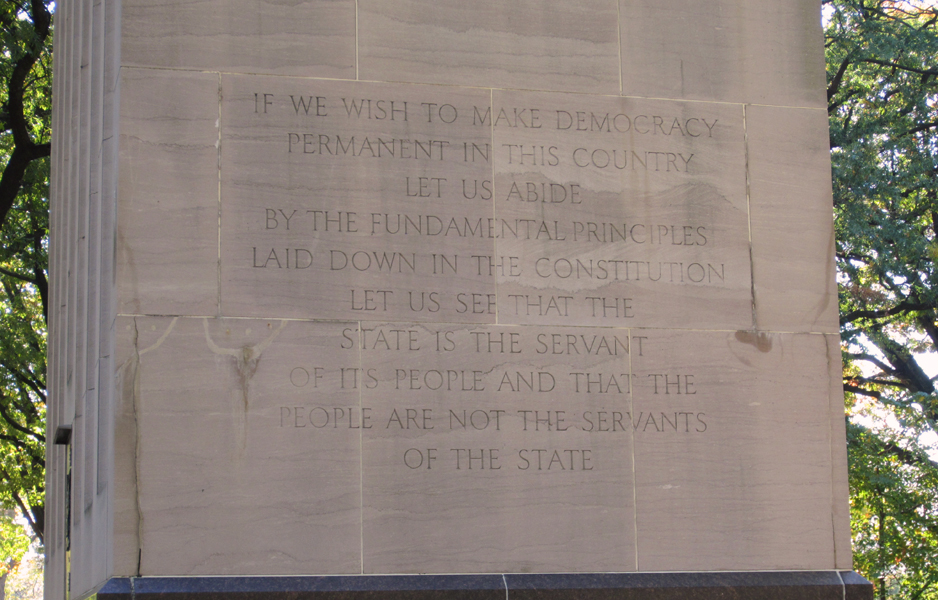This is my fourth Association for the Study of Peak Oil conference. Here are some highlights and some of my impressions:
Robert Hirsch pointed out that what we have is a liquid fuel problem, not an energy problem. Sixty percent of the world oil supply comes from a few giant oilfields. And giant oilfields decline naturally. The problem is that we have been using twice as much oil as we have been finding for 20 to 30 years.
There is some near-term potential: gas to liquids, coal to liquids, heavy oil refining, enhanced oil recovery and energy efficiency. He points out that in the long term we must implement much more electricity use. Robert Hirsch always makes common sense to me. His book The Impending World Energy Mess is well worth reading.
Robert Rapier pointed out that the U.S. uses 23 barrels of oil per person per year, while China uses only two barrels per person. At present oil prices, China’s economy is growing while ours is barely staying above water.
This is a zero sum game – they want to improve their standard of living, and we cannot afford to pay more, so our per barrel use must shrink. It looks to me that the Chinese cannot wait to jump into their cars and drive to McDonalds. I’m thinking, too, that we in Hawai‘i should be trying to implement lower cost energy as a top priority as we move toward renewables. Like geothermal?
Jeff Rubin: Two thirds of our economy is consumer spending. Peak Oil is not about how much oil there is, it’s about how much we can afford to pay for it. To grow the economy, we need cheaper oil. Market clearing prices do not seem to be compatible with economic growth.Transporting goods uses liquid fuels and the longer the distance the more the cost. Debt means borrowing on our future. We have done a lot of that. I wonder, will there be growth so we can pay it back?
There are links to both Jeff Rubin’s and Robert Rapier’s blogs in our sidebar, at right.
From the first ASPO conference that I attended, in Houston in 2007, it was immediately apparent to me that we needed to implement geothermal sooner rather than later.
I also learned a lot on the trip to Iceland that Ro Marth and I took. Iceland had the biggest economic collapse in the history of the world. The banks had been privatized a few years earlier and they just went crazy lending money to anyone without worrying about payback ability.
When the banks could not pay their obligations, the Icelanders let the banks collapse and they are now prosecuting the bankers for fraud. The big story behind all this is that Iceland is pulling themselves out of the hole. And that is exactly what I went to see for myself.
I saw that cheap energy is what saved them. And in Hawaii, we can do the same – with geothermal in the short term and with all the other renewables we have in abundance in the longer term.
Hawaii and Iceland, with a combined population of 2 million people, have the best geothermal resource in the world.
Our Big Island will be over the “hot spot” for the next 500,000 to a million years.
Our two million people, out of the 7 billion people in the world, are so lucky.
More commentary to come….
In the meantime, here are some pictures from Washington, D.C. This is Helen Davis, an energy staff member for Rep. Hirono. I’m so happy to see Hawai‘i’s people represented at the conference.
Occupying the Capitol. There are rows of tents, all neatly organized. More than 50. I understand there is another Occupy encampment, too.
When I was walking toward the Capitol, I saw this monument in a park.



